The Good, the Bad and the Ugly of Competitive Youth Sports
As a psychologist, I frequently work with children and teens involved in competitive team sports, and while there are certainly advantages to being a great athlete at a young age, there can also be a number of challenges.
The Good.
The positives of youth sports are manifold. Research studies have shown that highly athletic children and teens do better academically, socially and emotionally and are more physically fit when compared to those who do not participate in competitive organized sports. According to Niko Eckart, Founder and Technical Director of Virginia Revolution Soccer Club here in Loudoun County, “Team sports are a great source of confidence building, character development and social interaction. All of these traits are important to instill in children at a young age. We at Virginia Revolution Soccer Club truly believe in exposing children to the positive aspects of team sports at an early age.” And the research supports Eckart’s experience. For example, competitive high school athletes display greater self-confidence and self-respect, possess significantly more leadership skills, graduate at higher rates and actually end up earning more money later in life than their non-athletic peers — one study found that former competitive high school athletes earn somewhere in the ballpark (pardon the pun) of 5% to 15% more across their careers than students who did not participate in organized competitive sports. Interestingly, that study did not find higher earnings for students later in life for any other extracurricular high school activity.
The Bad.
Competitive youth sports can be very time consuming. When a child or teen athlete goes from the recreational level to the competitive level in any sport, free time becomes harder to find. Conditioning requirements, nights and weekends being booked with games and travel and daily practices, altogether leave most competitive youth athletes little to no time to participate in any other sort of extracurricular activities or social moments.
Between fees, equipment, travel, etc., competitive youth sports are also incredibly expensive. One research study found that some families are spending as much as 10% of their incomes on their children’s sports! With a low of around $1000 to a maximum of $20,000 annually, that study revealed what a lot of parents know too well, that the investment into a child’s competitive athletic endeavors can place a significant strain on a family’s finances.
The Ugly.
The emotional commitment to a competitive team sport, beyond time and money, can also be great. While the pressure to perform and to always be expected to give 110% can increase a child or teen’s grit and resilience, it can take a toll. If not managed, excessive pressure and stress can lead to a host of larger psychological problems and harmful behaviors such as burnout, anxiety, depression, substance and alcohol use, steroid use and eating disorders. According to Eckart, “We have a wide variety of talent and aspirations within our club. Some kids love to play soccer every day – all day. Some just practice twice per week and use soccer as an alternative sport. I believe any sport has to be fun. If your child does not have fun, he or she will fall behind in their development and ultimately quit the sport. The higher their enjoyment the more the athlete will invest their own time and will succeed!”
Even with the right technique and approach, getting hurt while playing sports competitively is also an unavoidable reality for our youth. It is well accepted that the risk of serious injury increases with contact sports such as football or hockey, but injuries can also occur for any sport. Overuse injuries are actually quite common in competitive youth sports and injuries can become chronic – and even lifelong – conditions if not adequately addressed. I have worked with many professional athletes over the years as a psychologist, and several of them are adamant about not allowing their own children to enter their field for this very reason. A highly successful athlete one expressed to me that he is in constant pain due to the main injuries he sustained over the course of his career. It is also an unfortunate reality that the likelihood of sustaining a concussion increases when playing contact sports, and recent research in this area has found a link between playing tackle football in preadolescence and later developing chronic traumatic encephalopathy.
Excessive parental pressure and strained parent-child relationships can also be an ugly aspect to competitive youth sports. Thus, it is important for parents to reflect on their own motivations and behaviors when it comes to their child or teen’s participation in competitive sports. Eckart acknowledges the stress of competitive sports on the parent-child relationship, “Striking a balance between working hard in a competitive sport and having fun is very important.” He adds, “We are setting expectations at the beginning of each season with parents and players. We want our players and parents to enjoy games and practices. The more parents positively support their kids the better the experiences are!”
Our children are extensions of ourselves, and because of that, what we want for them can become emotionally blurred with what we want or need for ourselves. It is also important to remember that regardless of how talented your child or teen is in a given sport, his or her decision to continue to play or not, should not be yours alone to make. Sometimes even the most gifted child or teen may want to stop playing a sport, and if they’re stopping for a good reason or reasons, then it is best for parents to be supportive.
In summary, I am a huge fan of competitive youth sports, but I also know that balance for a child or teen is essential for happiness and success. If a child or teen’s functioning across the most important areas of his or her life is good – his or her social/emotional life, academic life and home life – than adding a competitive sport into the mix is fine. Also, in my experience working with competitive athletic youth, the children and teens that have natural talent, passion/drive and good social skills most often do best.
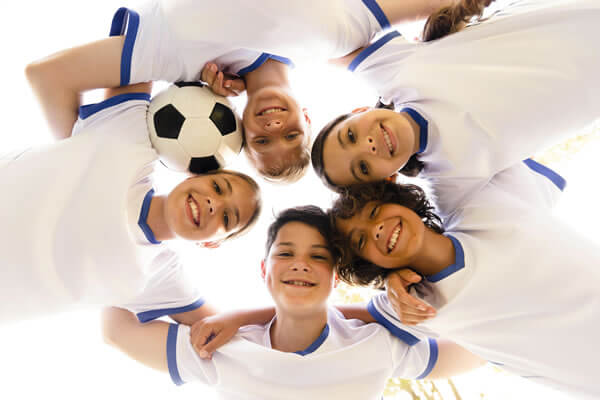
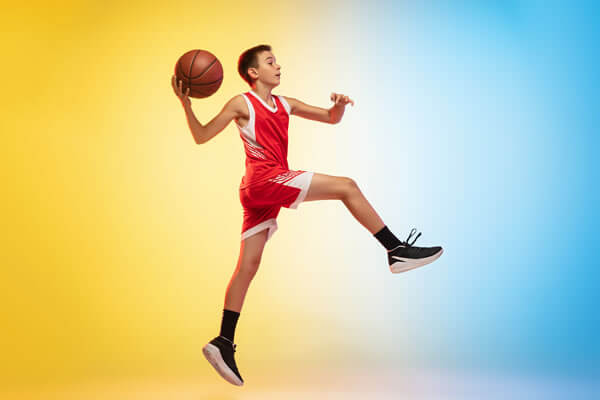
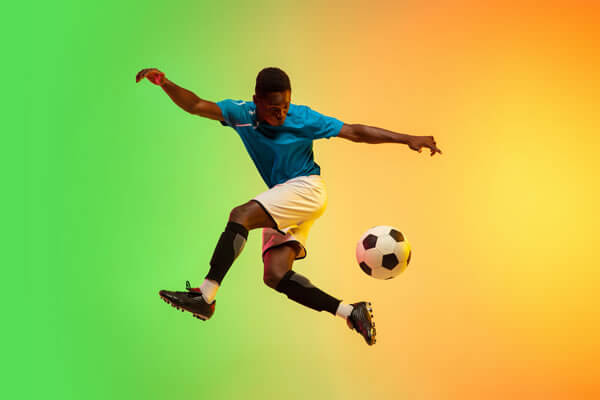
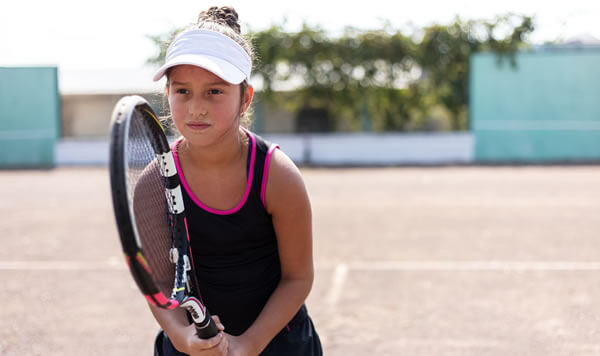
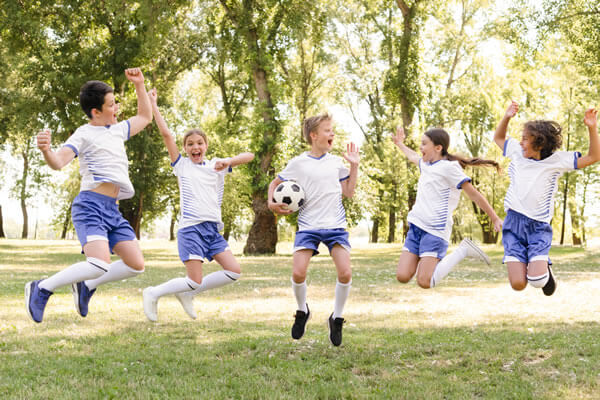
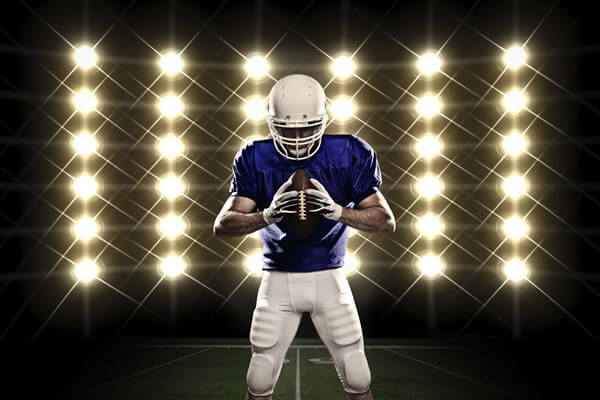
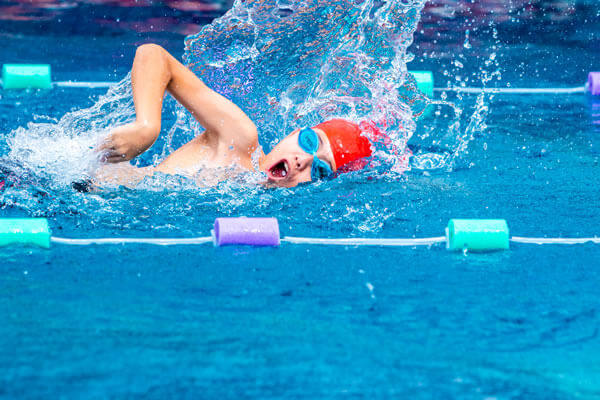
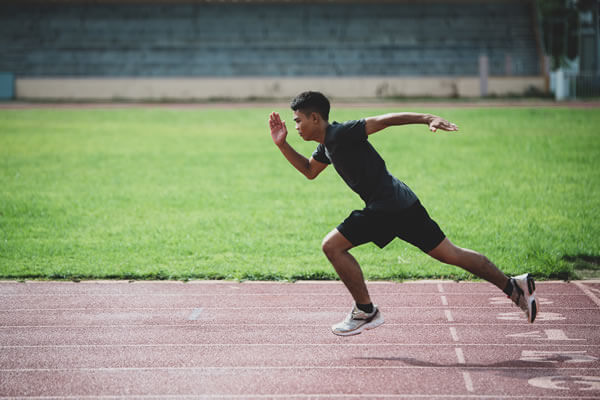
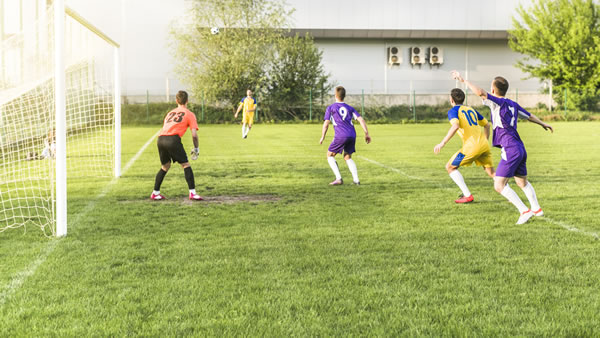
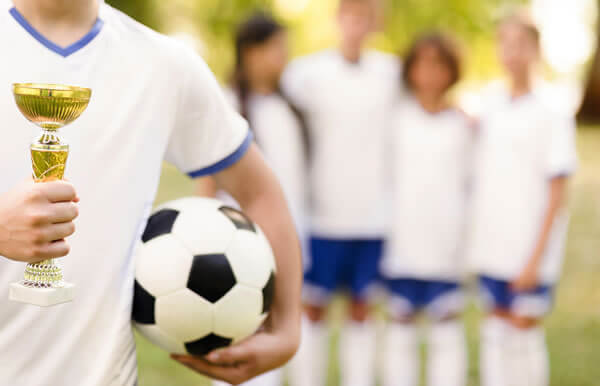
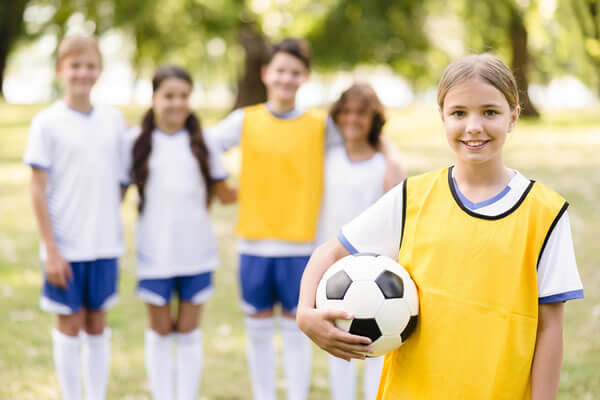
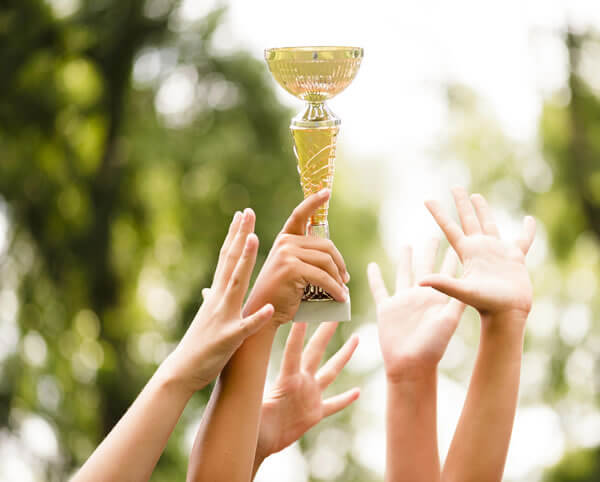

Michael Oberschneider, Psy.D. “Dr. Mike” is a clinical psychologist in private practice.
He can be reached at 703-723-2999, and is located at 44095 Pipeline Plaza, Suite 240, Ashburn.
